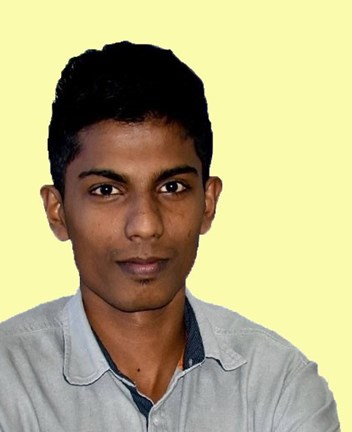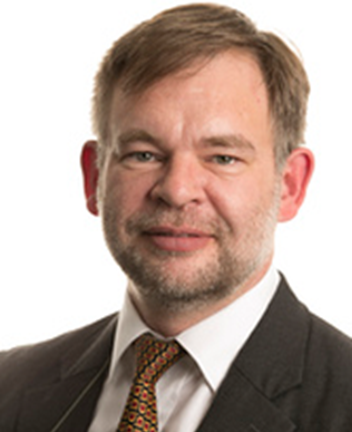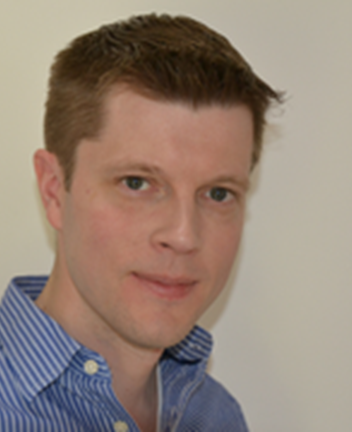This project will exploit a new “joined up” understanding of plastic deformation to design smart, ‘length-scale engineered’ materials that have increased strength, adequate ductility/toughness for safe use, and self-healing properties. It will produce nano-enabled materials using a new, safer, additive manufacturing route, and design rules for more sustainable, safer (higher performance/lifetime in harsh environments) and energy efficient components (reducing weight for equal strength). The ultimate strength of a material comes from the chemical bonds that hold it together. Like a zip fastener, it is hard to pull the zip apart (break the bonds) all at once. However, materials have very small defects (“dislocations”), which can move easily through the material, sequentially breaking individual bonds (like a zip unfastening) to generate permanent deformation (plasticity). Thus, materials are generally very much weaker than their theoretical strength. Industrial trial and error has found that introducing different atom sizes, particles, crystal boundaries and plastic work, can all increase the strength of a material. Even test-size affects the measured material response; “smaller is stronger”. Recent research has found a way to combine these effects to predict the strength of crystalline materials. ‘Strength is driven by length’; the average distance between different constraints on dislocation source size and motion. A ten-fold increase in strength can be achieved by engineering nano-scale lengths into materials. Safe exploitation requires a realistic, controllable manufacturing route and an understanding of the link between the novel microstructures and compositions possible and their resultant material properties. The project, therefore, has two parallel paths: 1) developing electrochemical deposition to manufacture and test a series of designed, layered microstructures; 2) atomic scale simulations and kinetic Monte Carlo models of similar structures, compared and validated against experimental data. Electro-chemical deposition is able to deposit materials with controllably small microstructure in bulk or multilayer layer form. Process parameters can be adjusted to allow tuning and spatial variation of both elastic and plastic local properties in a single-piece part. This will be used to produce smart materials designed to: - manage/relieve residual stress build up - have stable performance at high temperatures - heal radiation damage and/or accumulated cold work to restore ductility and prevent brittle fracture without loss of strength. Modelling will study the effect of local, chemically-sharp interfaces on defect production, migration and destruction in bulk media. Both point defects, (e.g. from thermal ageing or radiation exposure) and extended defects (e.g. dislocations) will be studied. Simulations will rapidly explore the performance of this new class of materials to provide indications of long term behaviour in real engineering applications.

Naresh completed his first degree in B.Sc. Engineering, with a first class honours and specialized in Mechanical & Manufacturing Engineering at University of Ruhuna, Sri Lanka. He worked as an Engineering officer for Sri Lanka Navy about five an half years from 2011 to 2016 and then joined the department of Mechanical and Manufacturing Engineering, Faculty of Engineering, University of Ruhuna, Sri Lanka as a temporary lecturer on 2016 and worked there for one year. He has research experience in composite materials, Modelling, Control and, Optimization of thermal Systems and CFD from his time at the university of Ruhuna. Currently he is working on the project ‘Stronger, lighter, safer, materials by length scale engineering and a next-generation, Nano-particle-free, 3D additive manufacturing process’ under the supervision of Professor Nigel Jennett, Dr. David Parfitt, and Dr. Xiaodong Hou, as a PhD student.

Prof Nigel Jennett has a PhD on nano-multilayers from U. Bristol and previously worked for 23y at the UK National Physical Laboratory leading the surfaces, coatings and nano-mechanics research theme. Nigel has over 25 years' experience of coating fabrication, materials characterisation and developing nano-mechanical test methods. Research determining the relationship between measurement length-scale and material properties led to the concepts of combined-length-scale-determined strength and “length-scale engineering.” Inter alia, Nigel chairs the British Standards Institute indentation committee, leads the UK delegation to ISO TC164/SC3 and co-authored the standards for nano-indentation-based test methods. Nigel is an experienced leader of projects (Government, EU and Industry).

Dr David Parfitt researches the use of atomic scale simulation to improve the understanding of material behaviour; particularly to improve performance or extend the useful life of a system. A DPhil at Oxford University (high pressure physics of solid state battery materials) led to work at Imperial College London on atomic scale simulations of nuclear fuels and solid-oxide fuel cell materials. He then spent five years working for Rolls-Royce providing materials support to the UK Naval Nuclear Reactor programme, before joining Coventry University.

Dr Andy Bushby, Queen Mary U. of London, is a leading expert in micro and nano-mechanics and small-scale mechanical property measurement, including: spherical indentation, electromechanical properties of ferroelectric thin films, visco-elastic and composite materials, structure-property relationships in calcified biological tissues and nano-structured crystalline materials. Fundamental research on the origin of mechanical property size effects has led to new understanding of the strength of nano-structured materials. Dr Bushby created and directs Queen Mary’s NanoVision Centre, which encourages cross-disciplinary working in advanced microscopy.